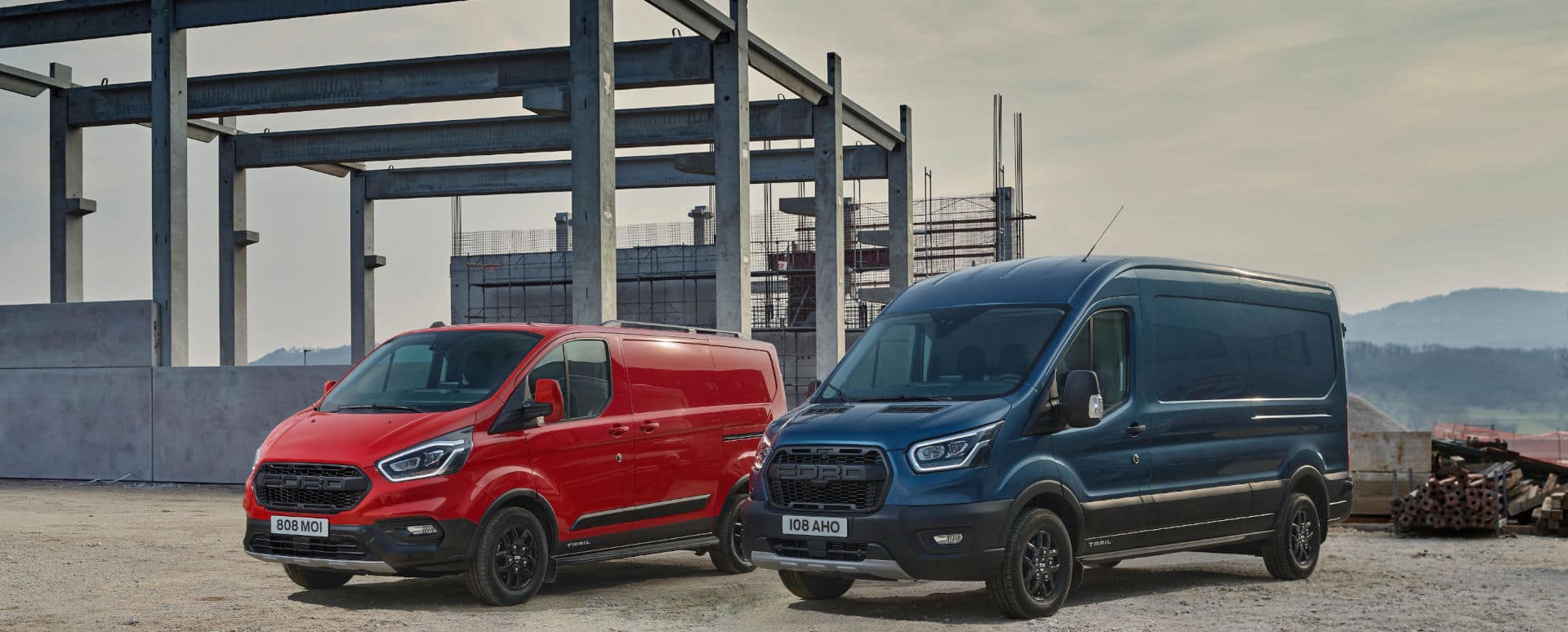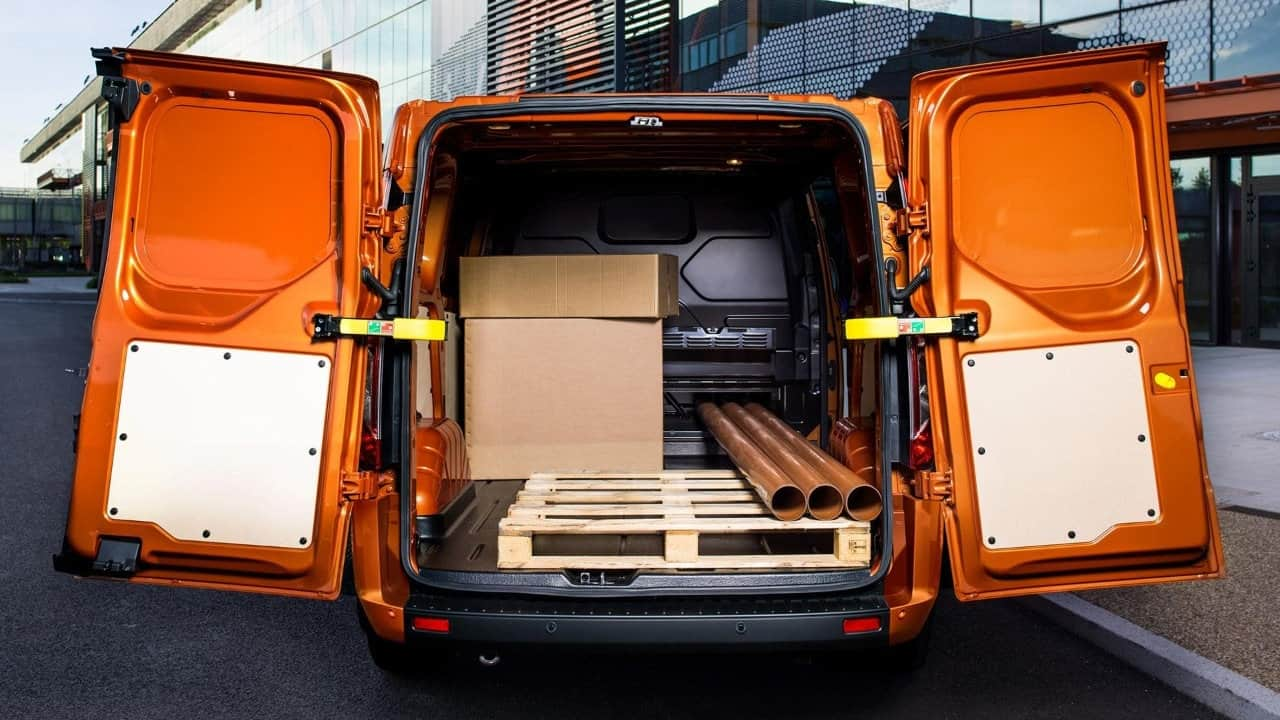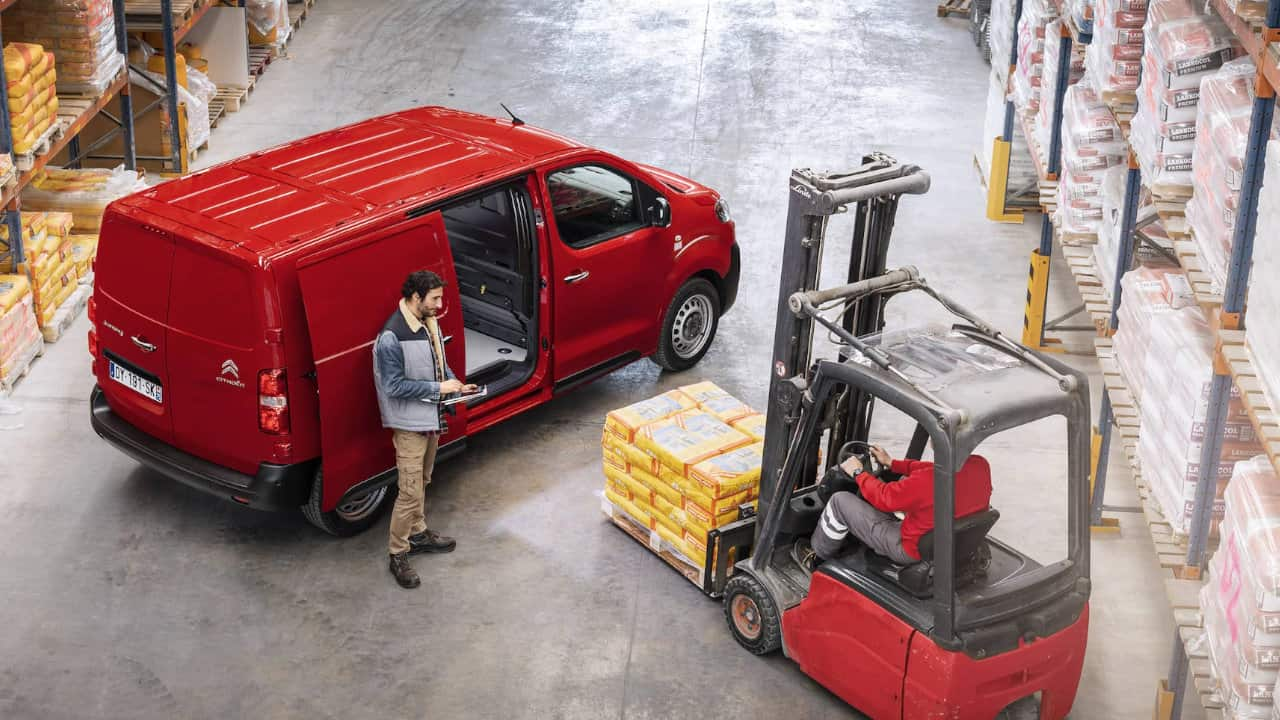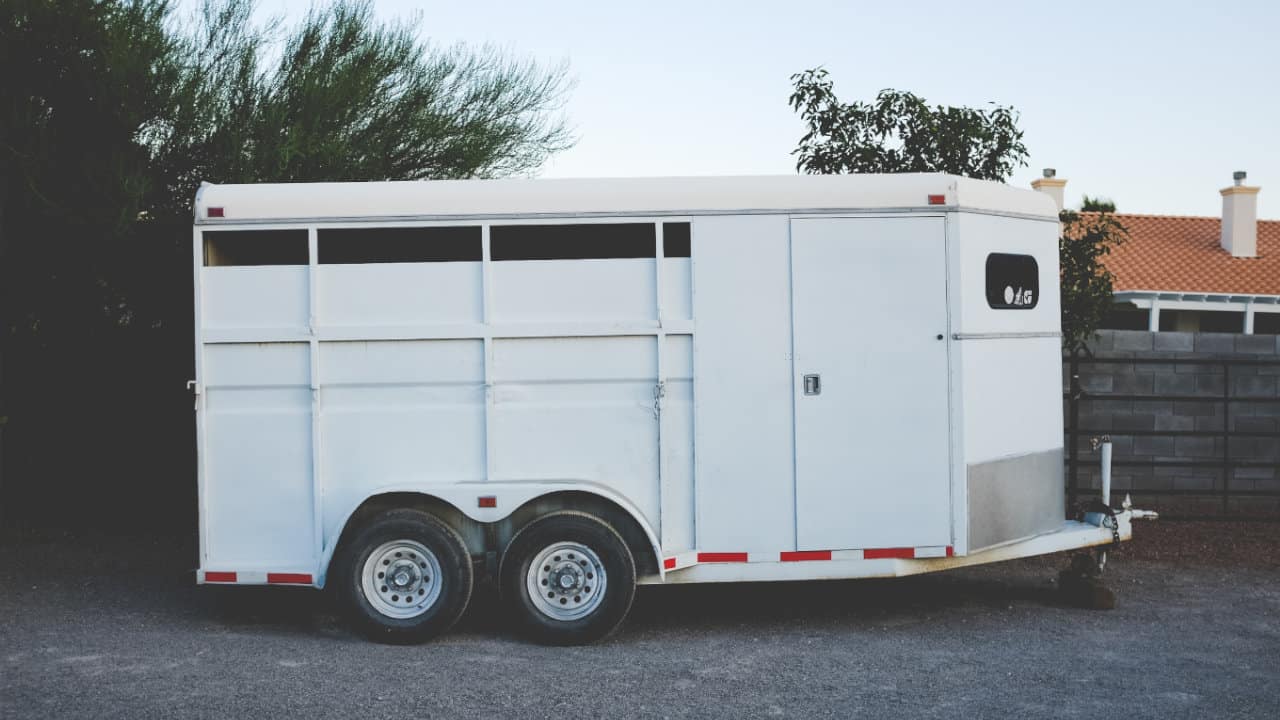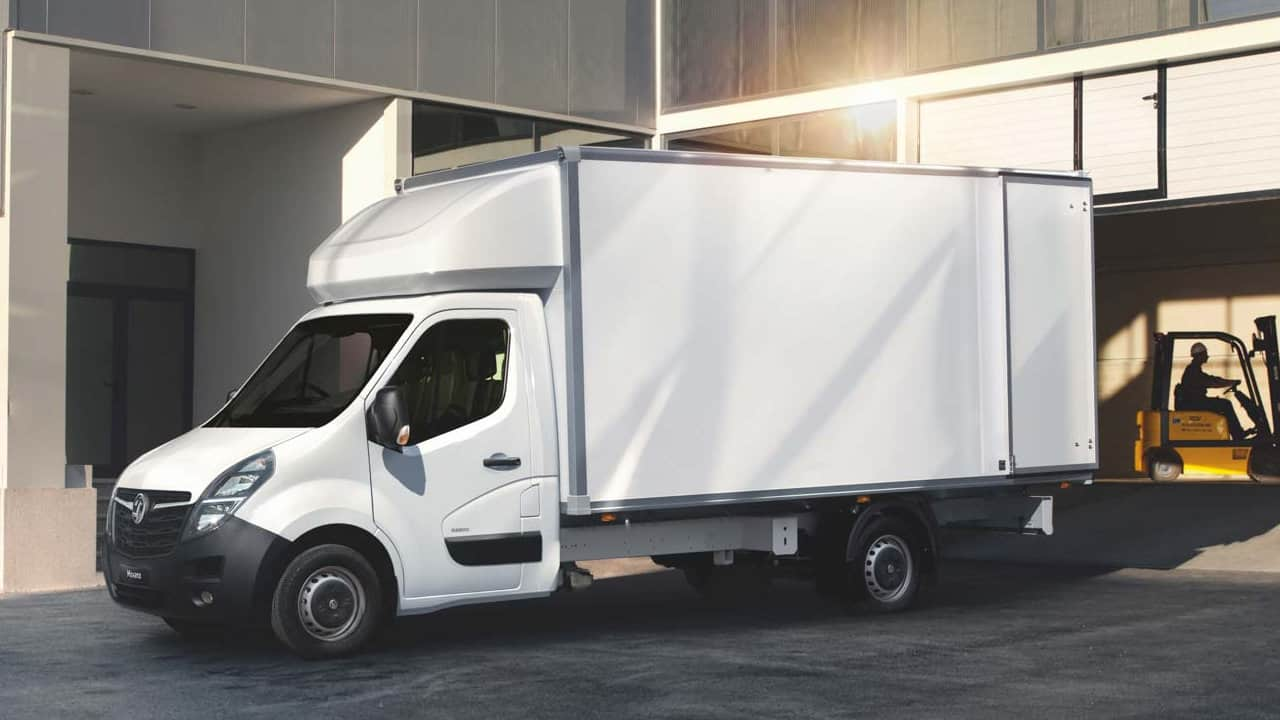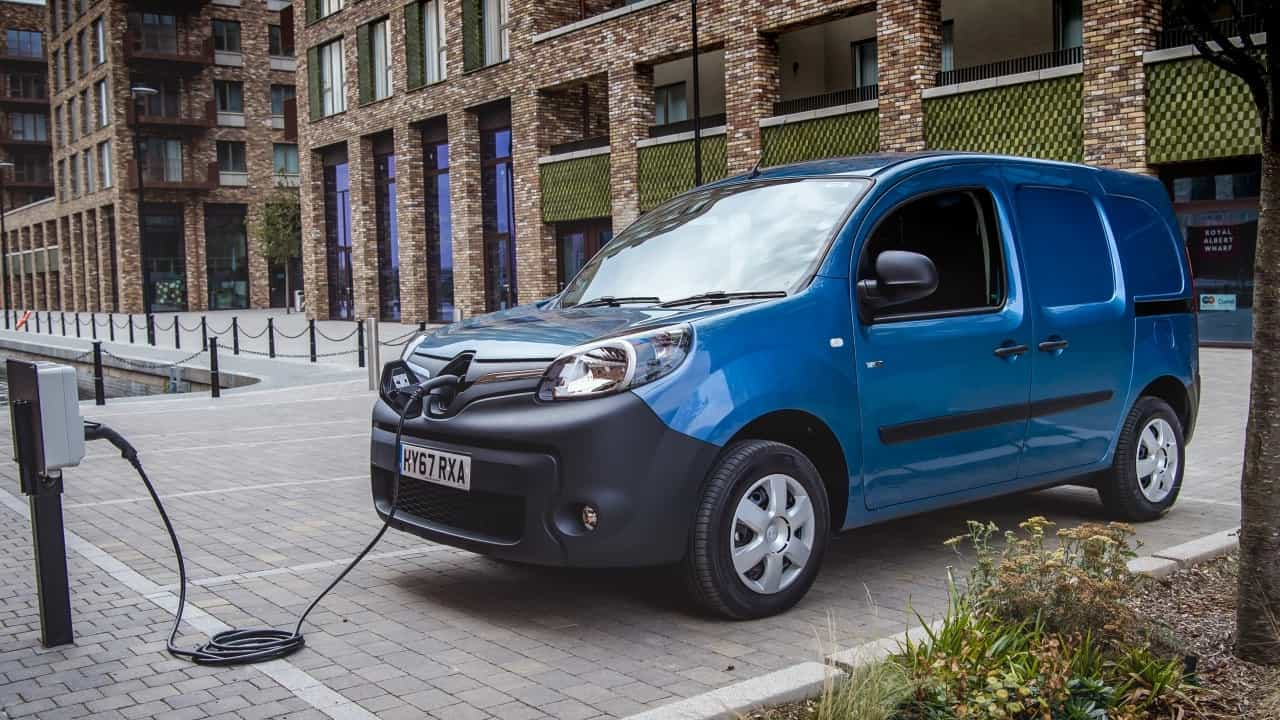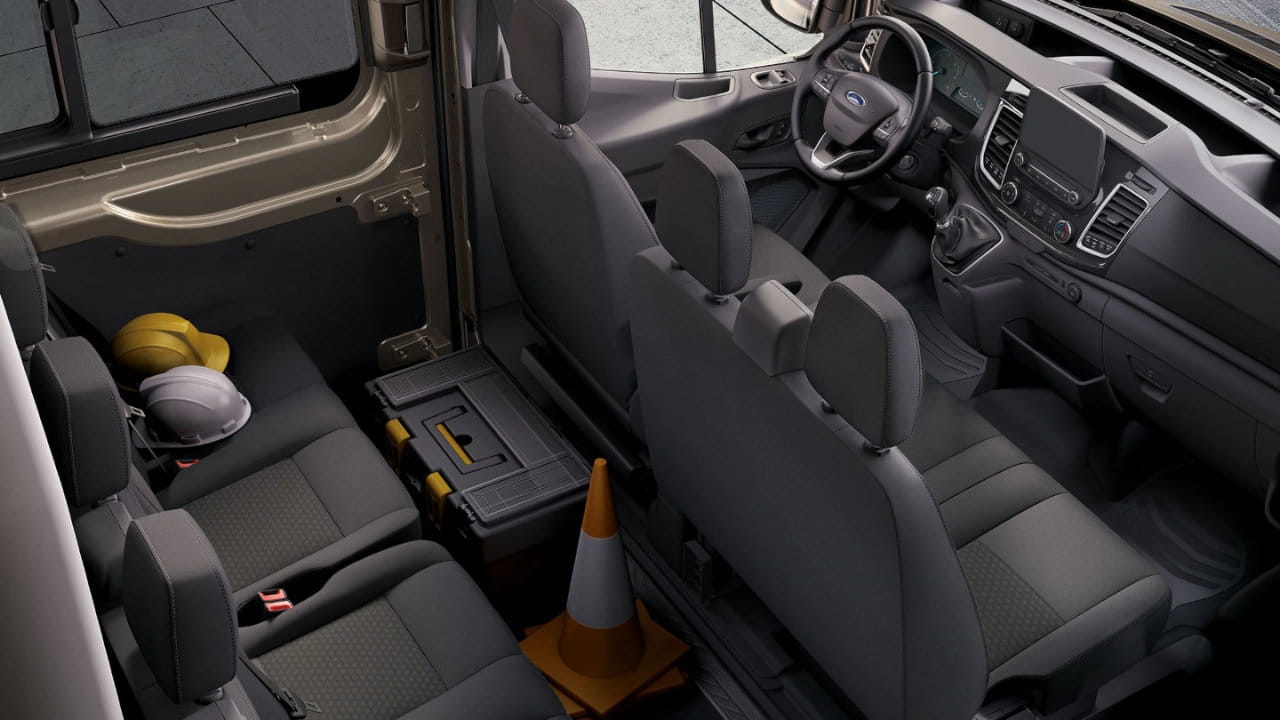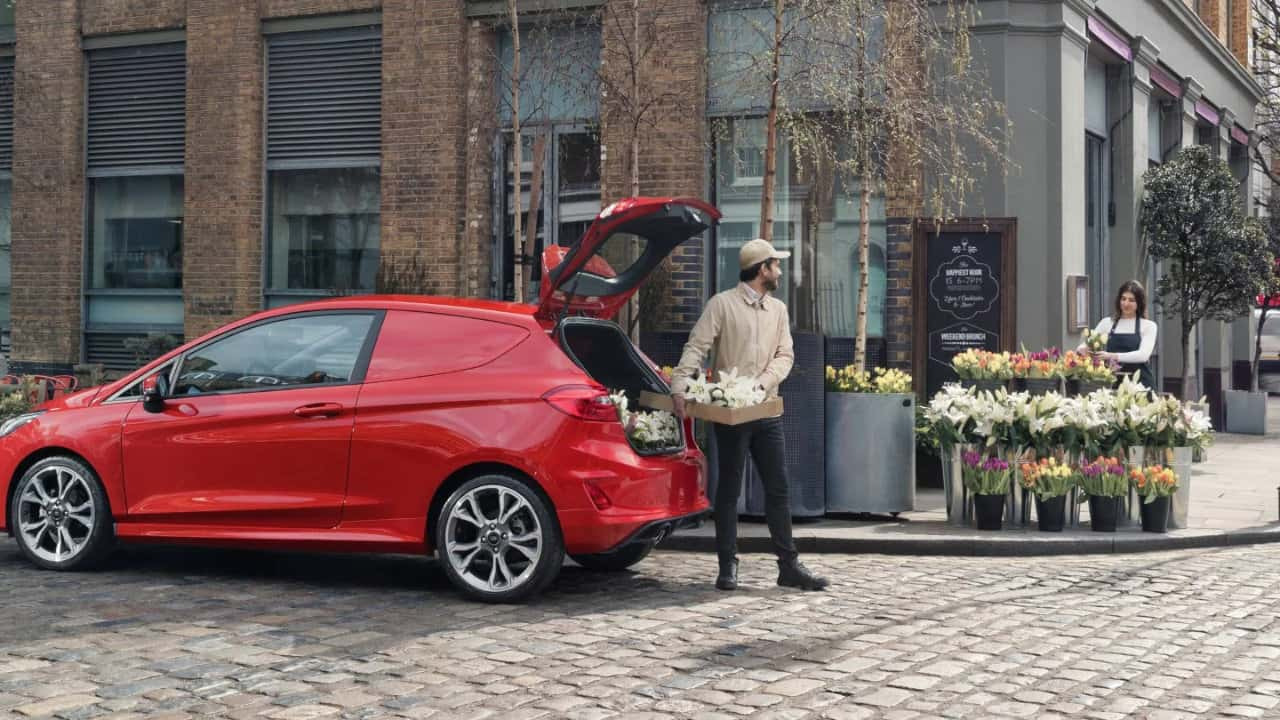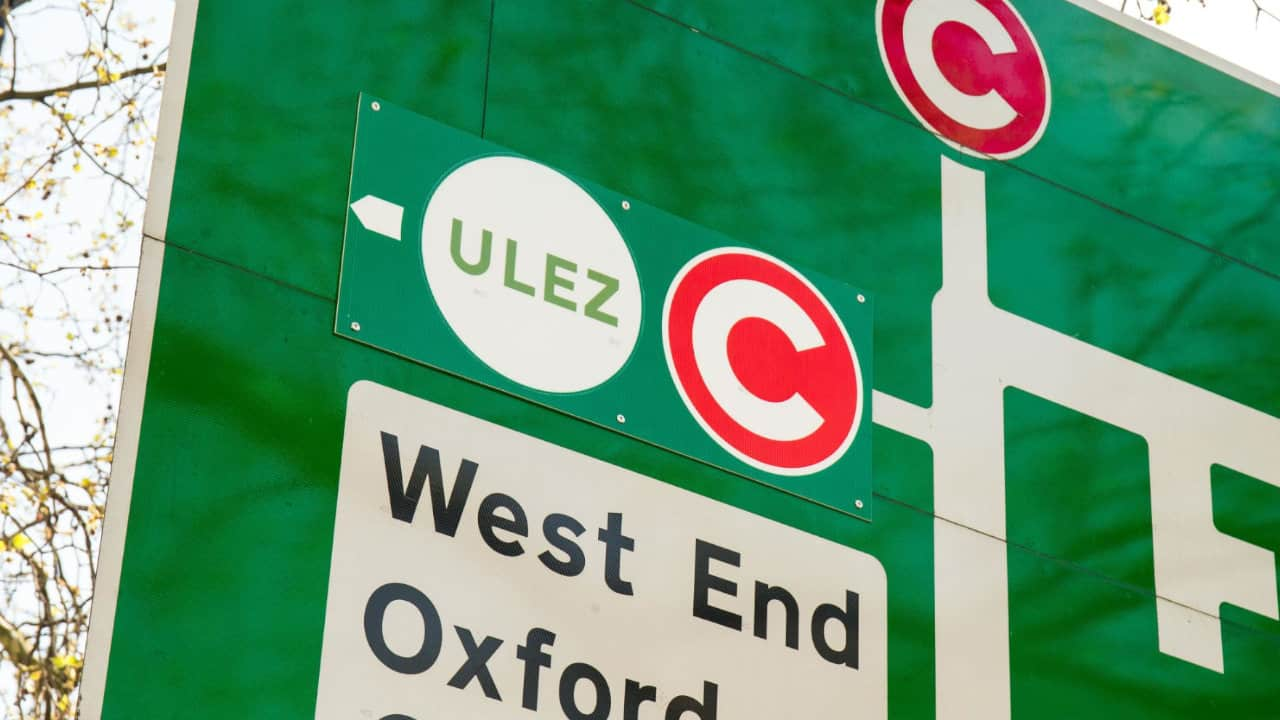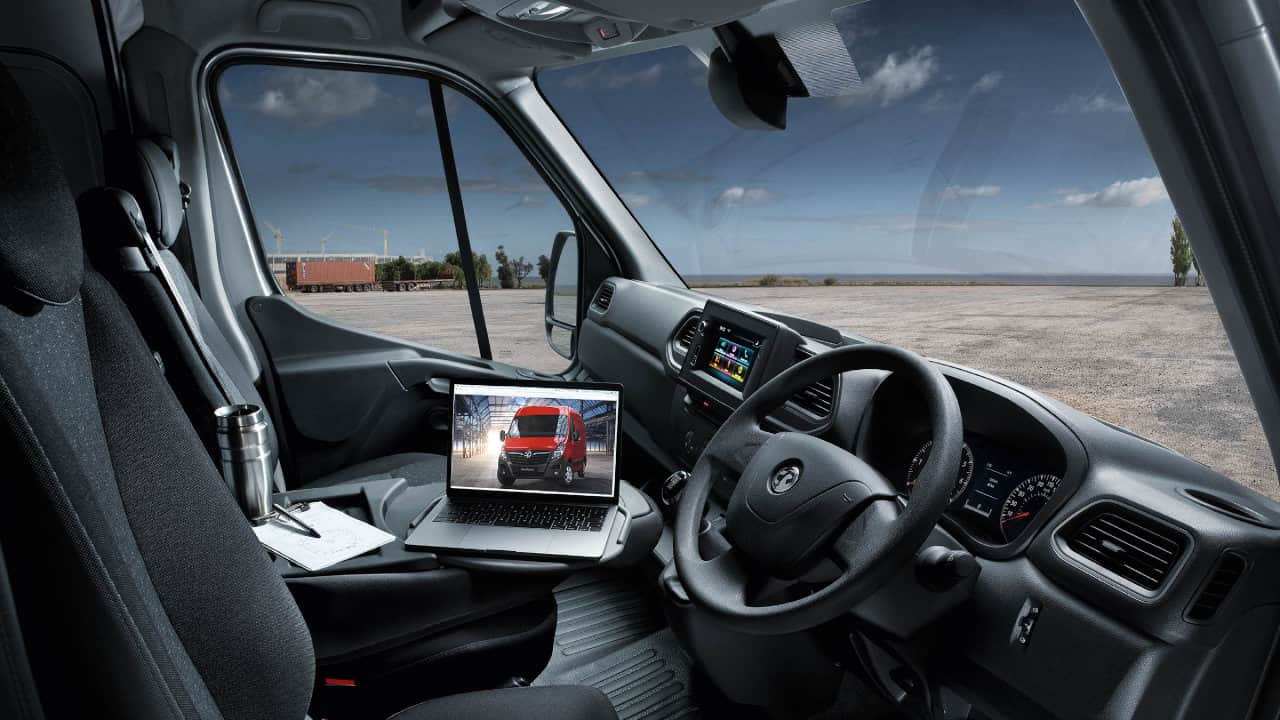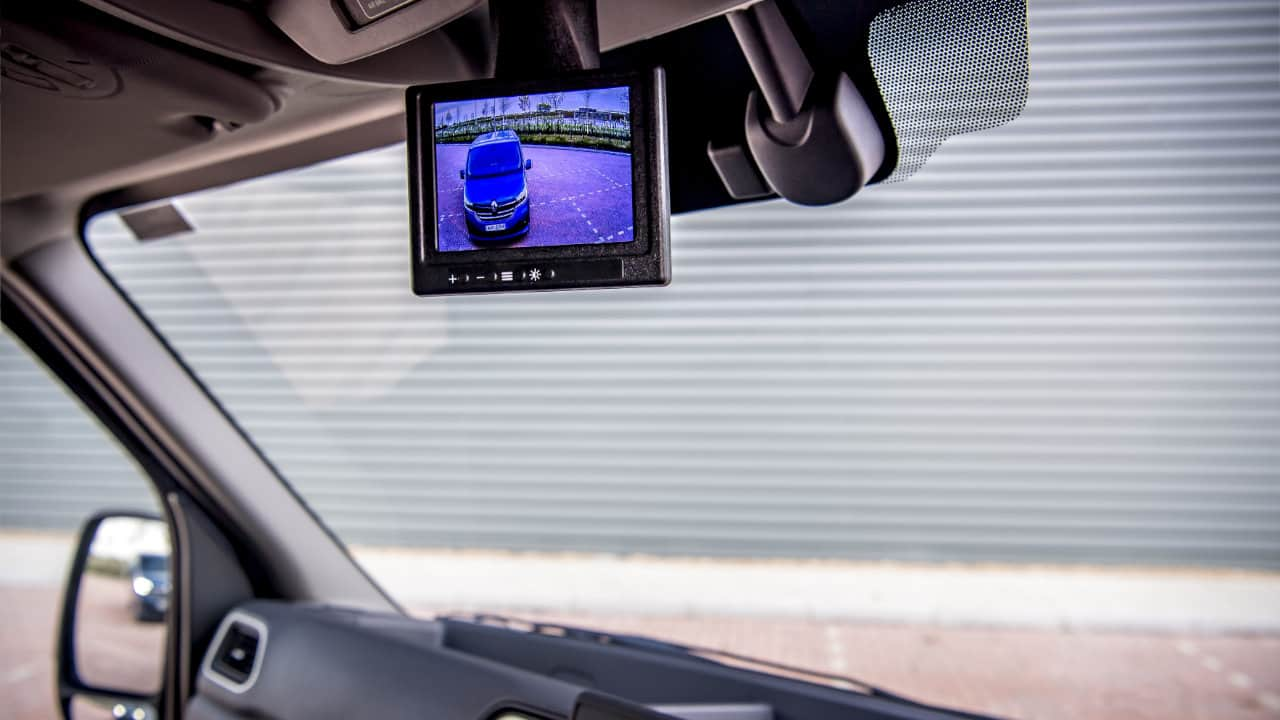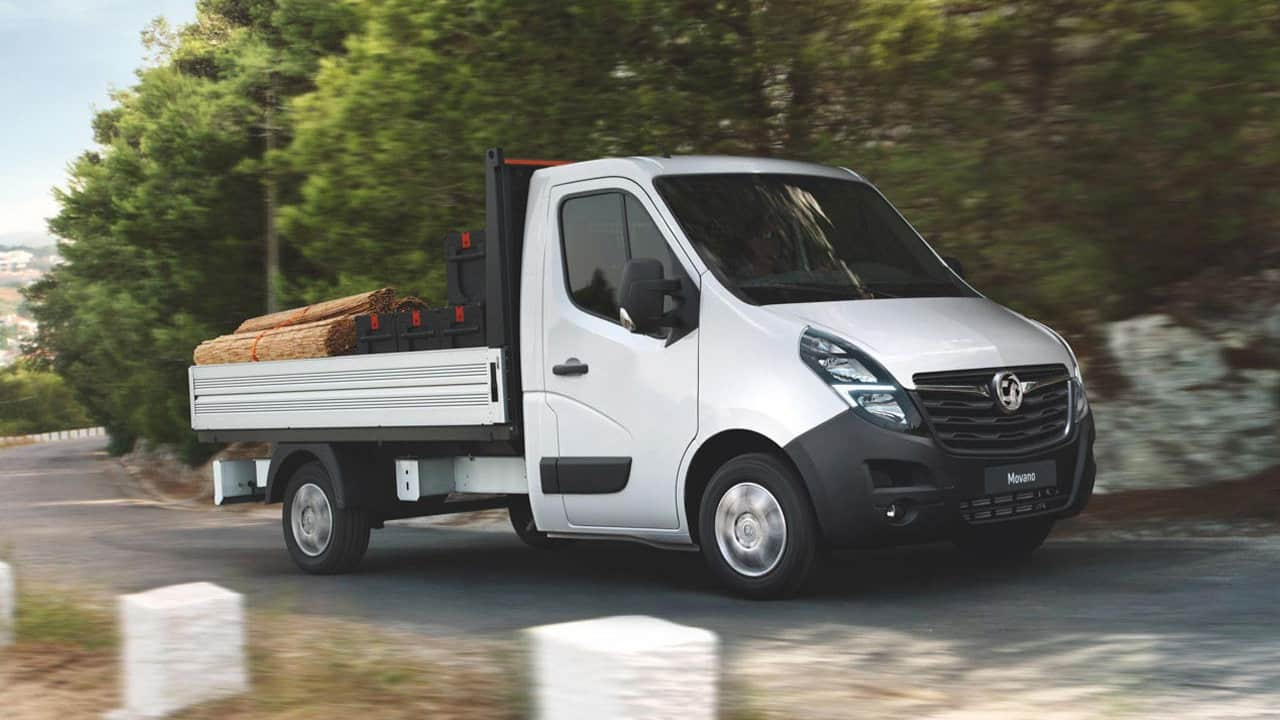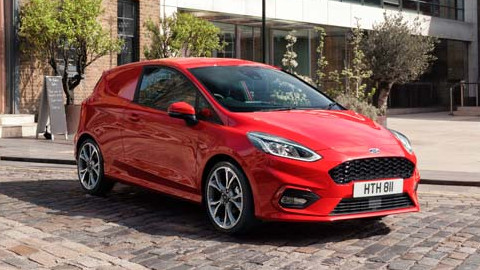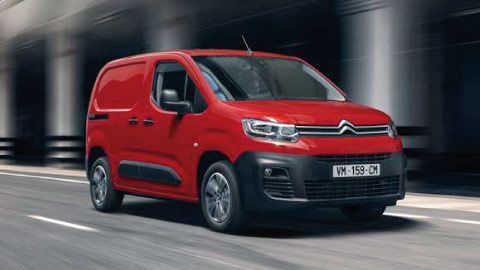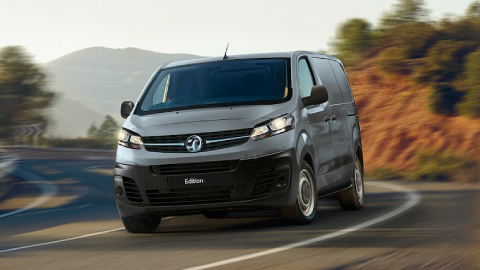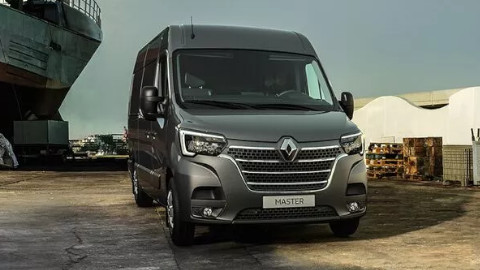Guide: How to Buy a Used Van
09th Aug 2021
By Nathan Dale
Helpful tips for buying a used van
A used van is a workhorse. It’s your reliable steed that takes you from job to job on a daily basis. It needs to be solid, dependable, economical and long-lasting.
Different tasks require different vans, but, with so many different ones to choose from, the actual job of selecting the right one for you can be a daunting task, but it doesn't have to be.
To help, we’ve come up with a comprehensive guide to van buying, to make the process easier. This guide covers what to consider when you're trying to decide which is the right van for you and your business, and then what you need to look out for once you arrive to view and test drive the vehicle.
Size
Perhaps the most important aspect of all, choosing the right size of van is super important.
While car-derived vans are useful in a variety of different scenarios, those needing to carry bigger loads will have to consider a medium or even a large van.
With that said, running a van that is larger than you require can negatively impact running costs unnecessarily. Larger vans not only cost more to buy, they cost more to run in terms of fuel economy and servicing as they have bigger engines. In essence, you could be paying for space you don't need.
Small vans are incredibly efficient and the best ones are bigger than you might think, especially versions with extended wheelbases or roof heights.
Look for the load height, load length, load width and the overall load volume on the vehicle specifications tab on online used van adverts to help you decide which one you need.
Weight
Gross Vehicle Weight (GVW) and Gross Vehicle Mass (GVM) is the maximum allowed weight of the vehicle taking into account the driver, passengers, cargo, fuel and fluids such as oil and coolant.
These are two acronyms you need to be very familiar with as a van owner. Carrying too much and being overweight has serious consequences; you can be fined and given penalty points on your driving licence.
Not only are you at the mercy of the law, carrying more than your van is designed to is just plain unsafe. The brakes, suspension and steering components are only engineered to transport a specific amount, and exceeding that figure can cause catastrophic damage whilst on the move.
Take note of the GVM/GVW and payload (which is simply GVM minus kerbweight) figures of the vans you are looking at and do some calculations to see if it will be suitable for the weight of the cargo you need to carry.
Towing
Another figure you need to pay attention to (if you want to tow, that is) is the Gross Train Weight (GTW), also known as the Gross Train Mass (GTM). This is the maximum combined weight a vehicle is allowed to tow and carry in its cargo area at the same time.
This figure comes in handy if you want additional loadspace on occasion but don't need it all the time. That way you could get a small van to keep running costs low and attach a trailer when you need a bit of extra room. Read more in our guide to towing.
Type of van
Used vans come in many different shapes, sizes and serve different purposes. Some of the most popular ones are:
- Panel van: a standard van with two/three seats in the front and a rear cargo area separated by a bulkhead
- Crew cab/double cab/combi: two rows of seats and a rear cargo area separated by a bulkhead
- Chassis single cab: a cab with a single row of seats, bulkhead and open chassis ready for conversion
- Chassis double cab: a cab with two rows of seats, bulkhead and open chassis ready for conversion
- Box van: a pre-converted chassis cab fitted with a large cube-shaped load area - often fitted with a tail lift
- Luton van: a large load area that stretches over the cabin - often fitted with a tail lift
- Lo-loader: a type of box-van that electronically lowers itself near to the ground for easy loading
- Minibus: entire load area is taken up with seats and has side windows
Fuel type
There was a time when diesel was the only option when it came to van engines. Nowadays however, there are several different powertrains to consider:
- Petrol vans
- Diesel vans
- Plug-in hybrid vans
- Electric vans
All of these different fuel types have different benefits, so it's about using the one that's right for you.
Passengers
While most medium and large vans have three seats in the front, car-derived vans only have the standard two.
Small vans come with either two or three seats depending on how they were specified when they were new, so just because you're looking at one with only two seats doesn't mean another example of the same make and model won't have three.
Many medium and large vans are also available in 'combi' or 'crew-cab' layouts, which means they have an extra row of seats as well as a cargo area, and are able to carry up to five passengers.
Running Costs
Choosing the right size and weight of used van will go a long way to keeping your running costs to a minimum, however there are other factors at play.
Reliability is a big one because if your van has an issue and is off the road, you not only have to pay for the repair bill but you could also be losing income if your business can't make deliveries or get out to see customers. Ensure the used van you buy has been fully inspected and given a clean bill of health before purchasing.
Ultra Low Emission Zones (ULEZ) and vans
Like cars, vans are subject to ULEZ rules. That means a daily charge to enter the ULEZ in London and other large cities if your vehicle is not compliant with the emissions regulations.
Diesel vans must be Euro 6 compatible to avoid the charge, while petrol vans must meet Euro 4 standards.
It's likely that any used diesel vans registered from 2016 onwards are fitted with Euro 6 compliant engines, while any petrol van from 2006 onwards should meet Euro 6 standards, too.
Finance Options
Van Finance is an important consideration when buying used, as there are a few different options. If you are financing, consider what would happen if there was a sudden drop in cash flow. What’s suitable will completely depend on your type of business and available cash.
Hire Purchase is one of the most popular van financing methods, and allows you to break down the cost of the van into manageable monthly payments.
PCP finance is increasingly becoming available for used van buyers (age and mileage dependent), particularly those who are purchasing for private use.
Safety and Technology
Modern vans are safer than ever, but every year that goes by more and more safety features are being added to new versions.
In fact, crash test experts Euro NCAP now give commercial vans a rating based on the level of automated driving technologies that are fitted as standard. For example, the latest generation of Ford Transit is given a gold rating, while the Citroën Dispatch is given a bronze. The Vauxhall Vivaro and Ford Transit Custom are silver rated.
Technology features, such as Bluetooth and sat nav, will help drivers stay connected and informed on the road, so look out for those.
Inspection and Test Drive
Taking your time to have a proper inspection - either by yourself or by a professional mechanic - of the vehicle is extremely important. Making sure you find a van that has been well looked after will undoubtedly save you cash in the long run.
A list of items to check include:
Bodywork
Bodywork is often a good sign of a van's overall condition. Check that the doors fit snugly together and that the condition of the paintwork is fair for the mileage of the vehicle. Look for rust, uneven panels or any signs of a repair job.
Tyres
Tyres should have even tread all the way across the front and back axles. A good quality tyre is usually an indication that the van has been looked after.
Engine
Engines should always be first examined cold, as warmed up engines can hide potential problems. When you're going to look at a van, call ahead and ask for the engine to be cold when you arrive.
Brakes
Test the brakes thoroughly; they should react pretty instantaneously to your application and the pedal travel should be short and firm.
Suspension
Suspension is quite an easy thing to look for on a van. If you push down hard on each corner of the vehicle, you'll be able to see how it bounces back. If the van bounces once and returns back to normal then the suspension and shock absorbers are fine, any further bouncing could indicate an issue.
Lights
Lights are a good indication of a van's overall electrical health. If they flicker or dim oddly, then think twice about buying it; the van could have serious underlying electrical issues that would be very costly to repair later on.
Air Conditioning
Air Conditioning can be checked quite easily. The fans should operate fine at all settings, and when you turn on the AC the air should go icy cold with the temperature turned to low.
Steering
The van's steering responses should be smooth and predictable, and there shouldn't be any excessive play in the steering wheel. If it feels especially vague, that could be a sign of potential steering or suspension issues.
Interior
Interior condition is another way to determine a van's life and overall condition. When you sit inside the van, make sure that all windows and electronics work properly. Look at the dashboard, make sure there's no warning lights that flash or remain on after the engine is started. Check the seats for excessive wear and make sure seatbelts and locks function as they should.
Paperwork
Paperwork is something that you should check thoroughly. Ask for details of the service history and any recent work that has been carried out, and check the van's MOT history.
Used van buying FAQ
What does H1, H2 and H3 stand for?
H1, H2 and H3 are the different heights that the vehicle comes in. H1 is the shortest, H3 is the tallest.
What does L1, L2 and L3 stand for?
L1, L2 and L3 are the different lengths that the vehicle comes in. L1 is the shortest, L3 is the longest.
What does SWB and LWB stand for?
SWB stands for short wheelbase, and LWB stands for long wheelbase. Long wheelbase versions will provide more loadspace.
What is my used van worth?
To find out what your is worth in part exchange, please contact your nearest Evans Halshaw dealership.
What is a box van?
A box van is a chassis cab van that has been fitted with a large cube-shaped 'box' on the rear for cargo. They usually have twin rear or roller doors and are often fitted with a tail lift to make loading easier.
What is a Luton van?
A Luton van is similar to a box van in that it has a large cube-shaped box on the rear, separate to the cabin. They also offer some storage above the cabin.
What sort of van can I drive?
Anyone with a full UK driving licence can drive a van with a GVM of 3,500kg. That means standard panel vans, box vans, Luton vans and even chassis cabs can be operated by the majority of drivers.
Find your perfect used van at Evans Halshaw
At Evans Halshaw, all of our used vans have been thoroughly inspected by a fully trained technician prior to going on sale. Any remedial work is carried out before it hits the forecourt, meaning that you can rest assured that the van you're getting is up to the job.
Start your search for your next used van.

